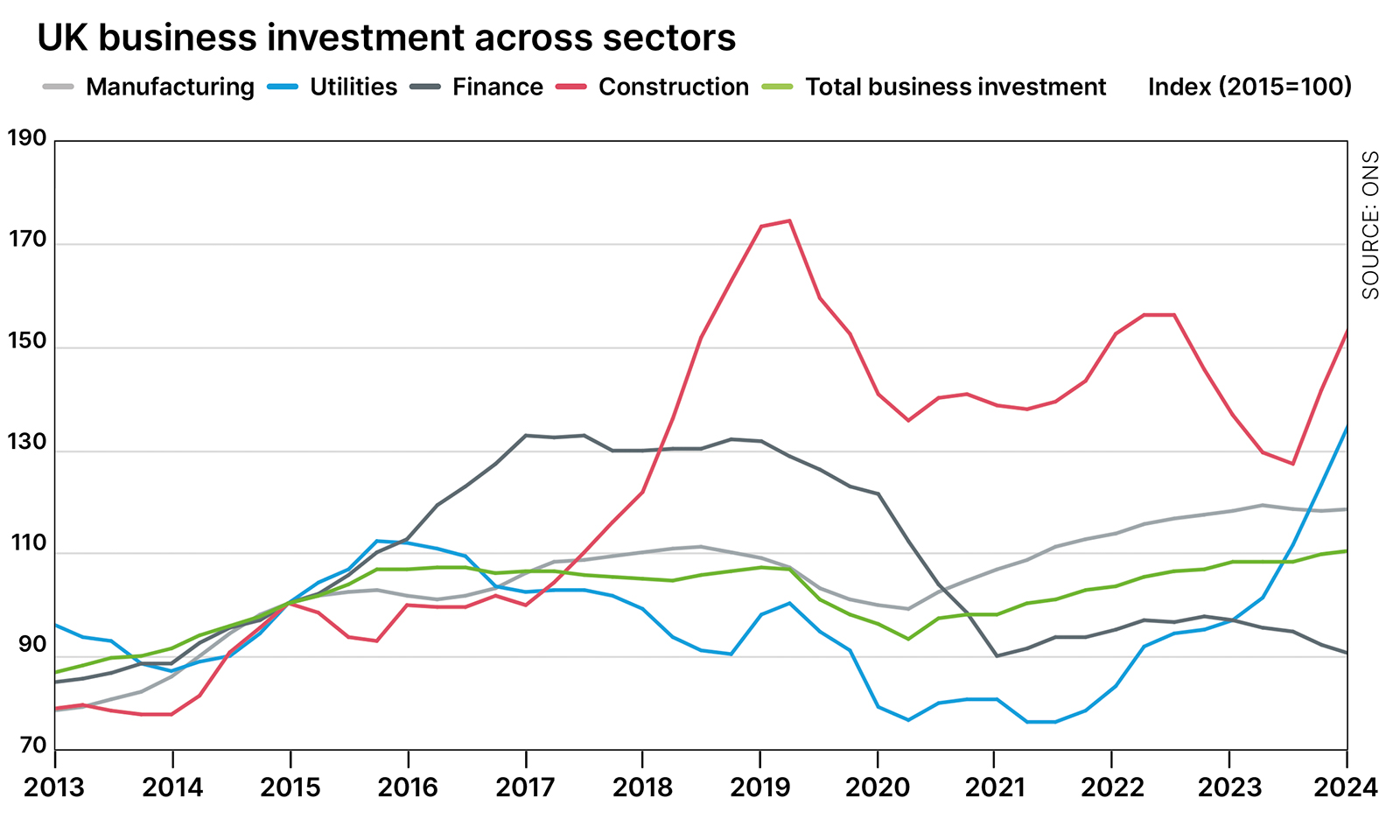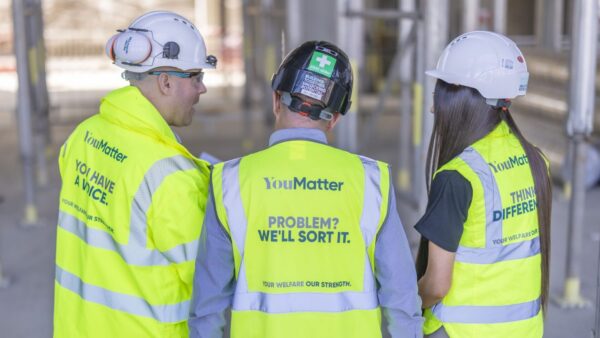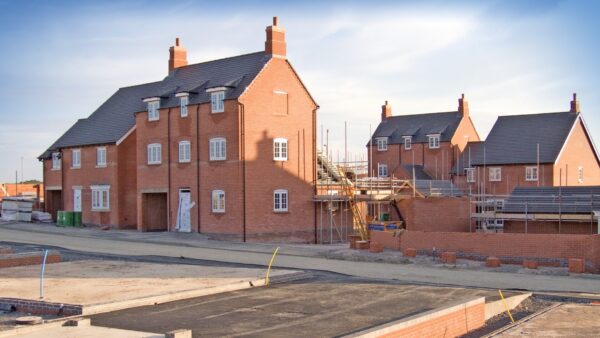
While the industry awaits details of the infrastructure strategy, it must ensure that it will be able to deliver on the country’s plans, writes Nitesh Patel.
In her bid to boost growth in the UK economy, the chancellor has put construction at the centre of her plans. Investment will be a vital part of addressing the growth challenge. In both the autumn budget and the spring statement, Rachel Reeves pledged a total of £113bn of capital spending over the next five years.
Alongside this, the government is also looking to unlock private investment in the industry. Recent data shows positive signs: between 2014 and Q1 2020, business investment in construction more than doubled but then fell during the pandemic.
Since early 2021, investment has returned to the sector, apart from 2023, when the hikes in interest rates and rising construction cost inflation took their toll. In 2024, investment rebounded by 19.4% after the 12.4% decline in 2023.
With interest rates gradually coming down, cost inflation easing and a strong government appetite for growth-boosting projects such as the Heathrow third runway and the Lower Thames Crossing, we could be set for even greater increases in investment spending. The government hopes that the newly created National Wealth Fund will also play a significant role in attracting private investment into UK infrastructure.
New opportunities
Although construction was not mentioned specifically in the industrial strategy green paper, the spillover benefits for the infrastructure required will no doubt create new opportunities for the industry.

To put a spotlight on the energy sector, the focus on net zero is likely to drive further nuclear and offshore wind activity, which is already gaining strength. The final investment decision on Sizewell C is expected in June. Additionally, a target of 43-50GW of offshore wind power by 2030 has been set by the energy secretary, although this target was reduced due to supply chain constraints.
Further investment in digital technologies such as building information modelling (BIM) and artificial intelligence (AI) is expected to drive efficiencies and cost savings, helping to grow margins through monitoring, improved project planning and increased productivity. It is hoped that this, in turn, will make private investment more attractive.
Skills shortages
However, the government’s commitment to successfully deliver on its infrastructure investment will be constrained by a recurring shortage of skilled labour, cited as the biggest challenge in Turner & Townsend’s recent survey of contractors.

To address this, the government has announced a £600m investment plan over the next four years to train 60,000 construction workers. This initiative could help deliver the homes, industry and infrastructure that the country requires.
In the meantime, many investment decisions are still on hold while the industry awaits the details of the spending review and the infrastructure strategy in the summer. While we wait in this limbo, we need to reflect and ensure our sector has the capacity to deliver on opportunities once they come forward.
Nitesh Patel is a lead economist at Turner & Townsend











